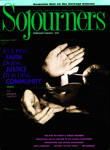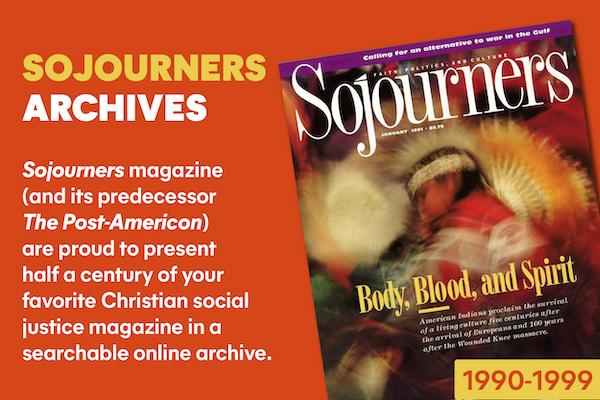It's long been evident that the instant communication allowed by computer technology has almost unlimited possibilities to enhance democracy...or to destroy it. In the pop music arena it's time to chalk one up on the plus side.
American pop music's equivalent to television's Nielsen ratings is found in Billboard magazine's weekly pop music chart. What's topping the charts this week determines what gets played on the radio next week, what kind of acts get signed next month, and what records get released next year.
For decades the Billboard chart was compiled by the magazine staff using a mysterious formula based on radio play and record store sales reporting. The formula was known to be arcane and imprecise. There was no way to get a true and pure national sample of actual sales numbers out of the stores on a weekly basis. So chart position was based on what records the managers of big chain record stores reported to be hot in a given week.
That process was bound to be rife with cultural biases and blind spots, not to mention woefully susceptible to all manner of corrupt manipulation. Both have happened throughout the years. Payola in the music business has received occasional spurts of publicity, but the cultural bias of the charts was less well-known. However, anonymous insiders have confided to reporters over the years that if Billboard went to a straight sales-only singles chart there wouldn't be a white artist in the Top 10.
WELL, TECHNOLOGY FINALLY rendered the "old-boy-network" system untenable. All the chains now use UPC (Universal Product Code) scanners, meaning all sales are instantly recorded by computer and there is no longer any excuse for imposing the "interpretation" of biz experts between the people and their music.
So Billboard finally went to a straight sales chart this year and a revolution ensued. The charts didn't just get blacker (though that was one result), they generally got a lot tougher and rootsier. Throughout the last half of the 1980s it seemed that syntho-pop music-from-nowhere had taken over the world. Michael Bolton and Paula Abdul are both talented people in their own limited ways. But for a while the biz almost had us convinced that their sort of lowest-common-denominator pop dilution represented the music America was really dying to hear. And it just ain't so.
When direct democracy took over the charts, NWA, one of the hardest of the hardcore rap groups, shot straight to the top, and other hardcore hip-hop acts moved into the mainstream overnight. But what happened next was even more astounding: Country-and-western sensation Garth Brooks also went Number One and brought the whole generation of New Country honky-tonk neo-traditionalists (Travis Tritt, Reba McIntire, Alan Jackson, et al.) into the Top 40 with him. A country album had never topped the Billboard pop chart before, not even at the height of the great Urban Cowboy scare of the late 1970s.
Hard rock and heavy metal moved up, too, after almost five years in which it seemed that the electric guitar was becoming an archaic instrument, like the lute. As I write this I'm looking at the Billboard album chart for the last week of October 1991. Garth Brooks is number one and the rest of the Top Five consists of Guns N' Roses, Motley Crue, Public Enemy, and Prince. Lose the Crue and promote some women, and I could live in that country. There are also five other country albums in the Top 40 and nine by black artists (not counting non-black hybrid artists Paula Abdul and Mariah Carey, who both have an R&B base of sorts).
Of course album sales reflect the choices of the most committed music consumers, so they don't necessarily represent the preferences of the average passive listener. But still, to get into the Top 10 you must have broad appeal. Public Enemy couldn't do it on young urban blacks alone, nor could Garth Brooks top out with only the rural vote. There's no telling how many American households own the latest by Garth, G&R, and PE (they're all worth having), but I bet there are more than a few.
And putting those artists all together at the top of the same chart means there will eventually be more. People get curious about whatever is Number One. And if the bigots and greedheads who own our airwaves would ever put them on the same radio station, you'd really have something.
This new picture of popular tastes tells us a number of things about ourselves as a music-loving people. One is that, sociologically, we are not nearly so ethnocentric and caste-bound as our rulers tell us we are. Another is that, aesthetically, what works is what's real. Garth Brooks has never tried to bleach the Oklahoma honky-tonk out of his music; Guns N' Roses, love 'em or hate 'em, forgive 'em or not, has never tried to be anything other than loud, angry, and alienated; and Public Enemy's revolution act is so real and so scary that there may be a law against them someday.
That's what America is buying. That's the popular entertainment of the country that we live in. And that is why the people who own it are always trying to keep us apart.
Danny Duncan Collum is a contributing editor of Sojourners.

Got something to say about what you're reading? We value your feedback!
